See how to sew a flat felled seam to hide any raw edges - and make your sewing project look beautiful! Seriously, one of the cleanest seam finishes out there, but so easy to sew.
Say goodbye to all and any raw edges in your projects!
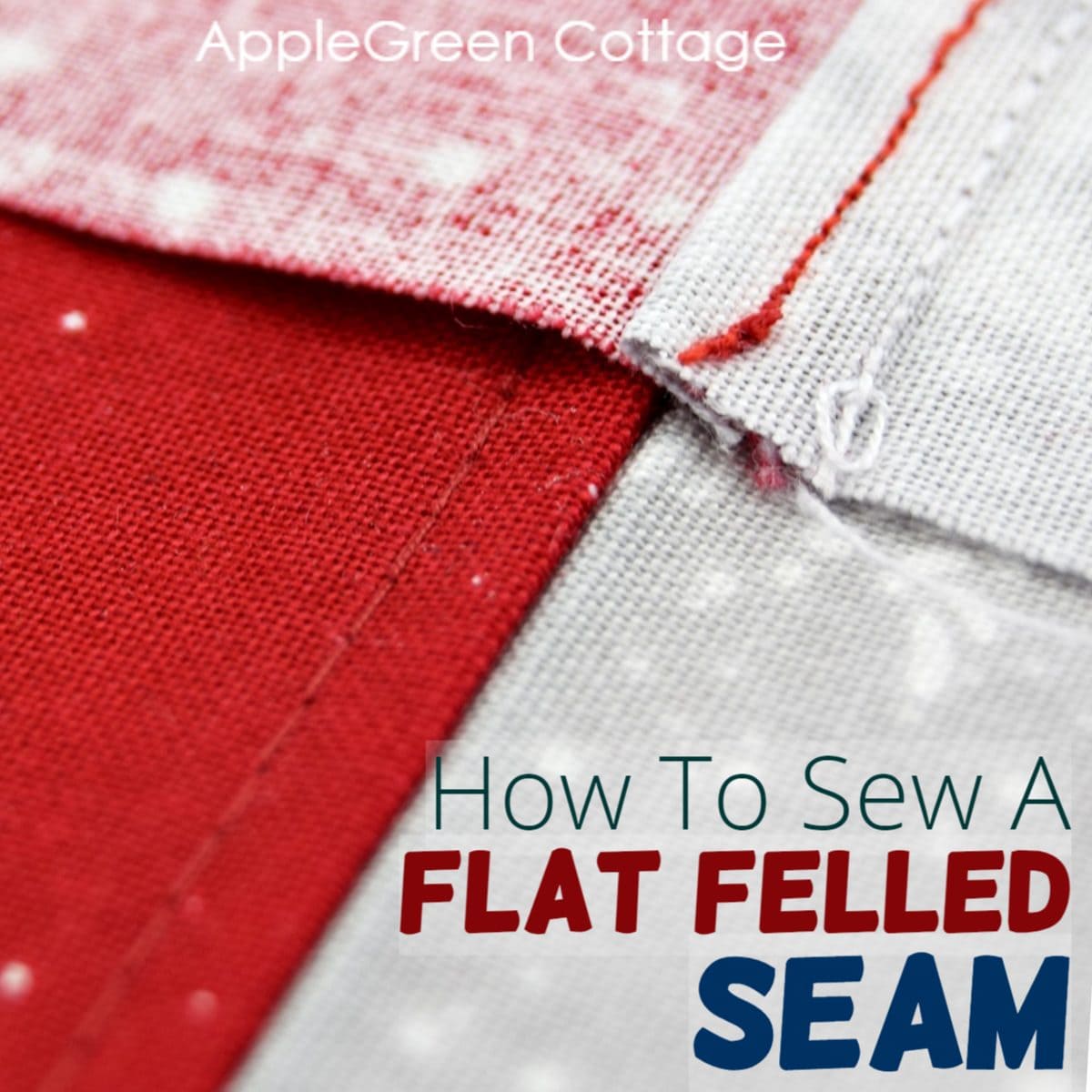
Table Of Contents
What is a flat-felled seam?
Flat-felled seams are great and strong seams that will look good both from the front and the back. If you're new to flat-felled seams, you might be surprised how easy these are. The great thing about a flat felled seam? No raw edges – not on the front or the back!
Flat Felled Seam Tutorial
Follow the steps and jump straight to smooth, polished seam edges – perfect for all your future sewing projects!
First, take a look at the slideshow video to make it even easier:
Now the photo tutorial: Firstly, place the two fabric pieces with right sides together along the raw edge and sew them together using a ½" seam allowance.
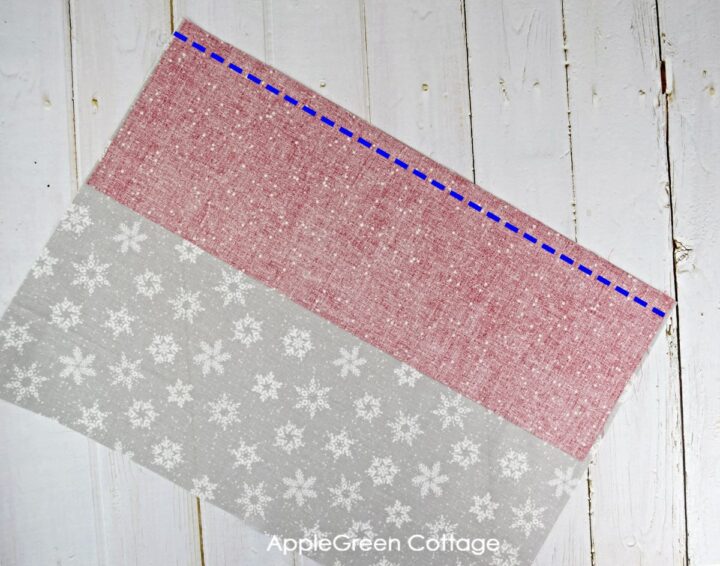
Unfold the sewn pieces. Then trim the darker fabric SA to something between ¼" and ⅛".
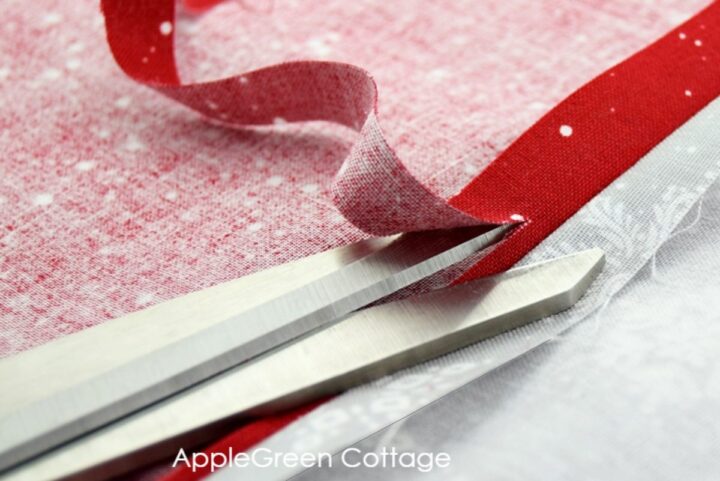
Press. Now, time to fold the raw edges out of sight.
This is what we'll do: reach with your thumb under the wide seam allowance and fold it over the narrow one, so the raw edge meets the seam.
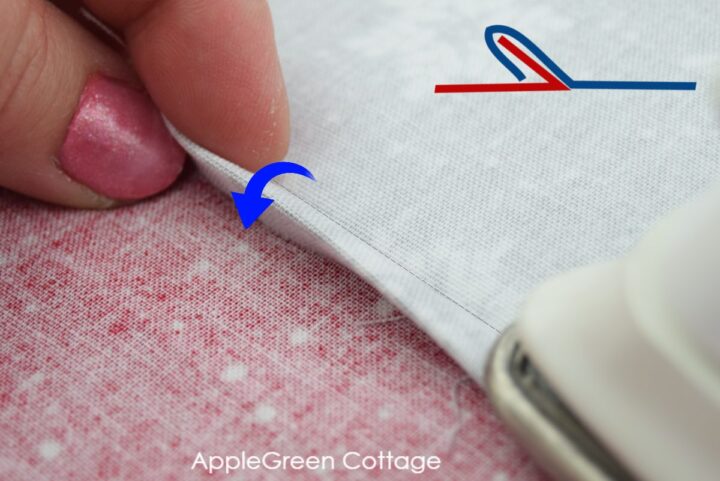
Then fold the seam over so the raw edge is enclosed.
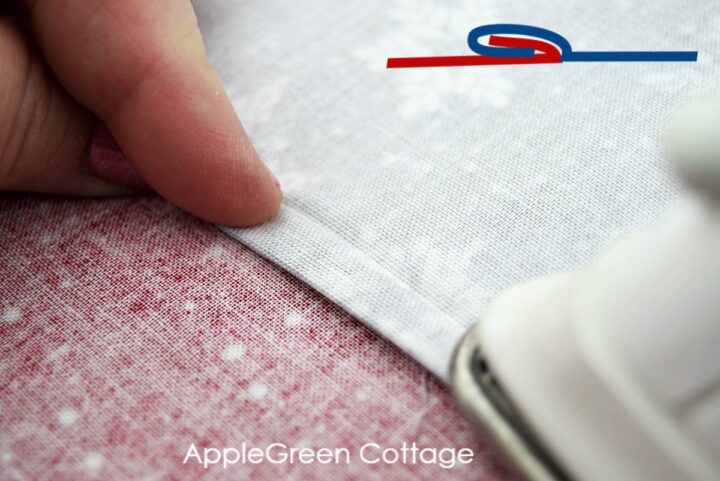
Last thing, press and topstitch the fold to fix it in place:
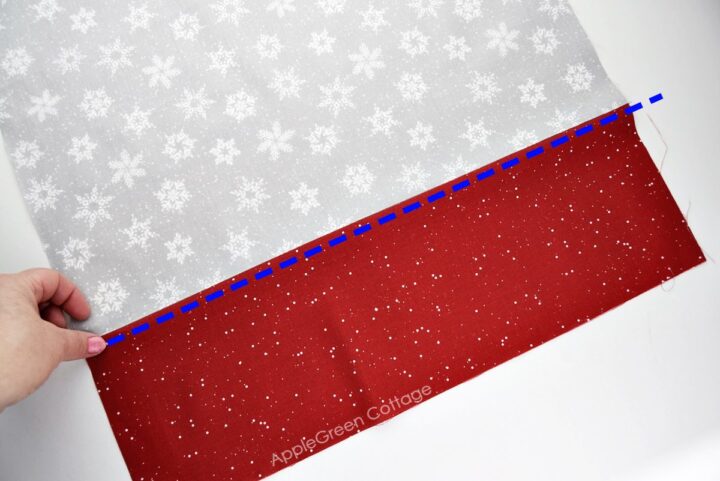
I usually topstitch from the front side:
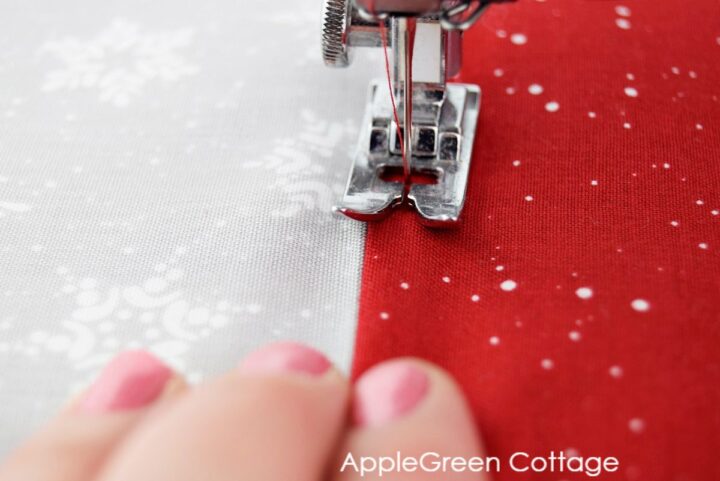
But you can also opt for topstitching from the back side of the fabric, it does not make much difference.
Summarized steps:
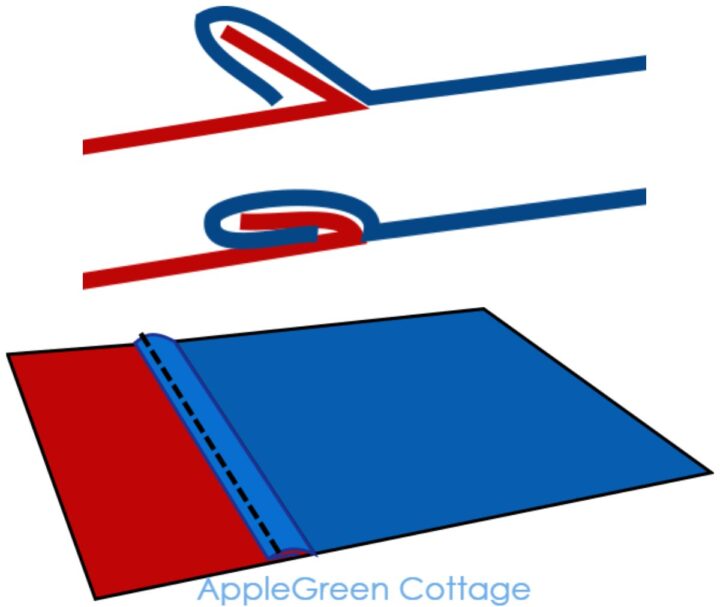
You can use the flat felled seam on so many projects - removing any raw edges and making them look even better. This seam you witnessed here in this sewing tutorial was used for a lovely diy Christmas pillow cover I made for this year's holidays. It's a separate tutorial, too, feel free to check it out here.
Sewing Projects for Flat Felled Seams
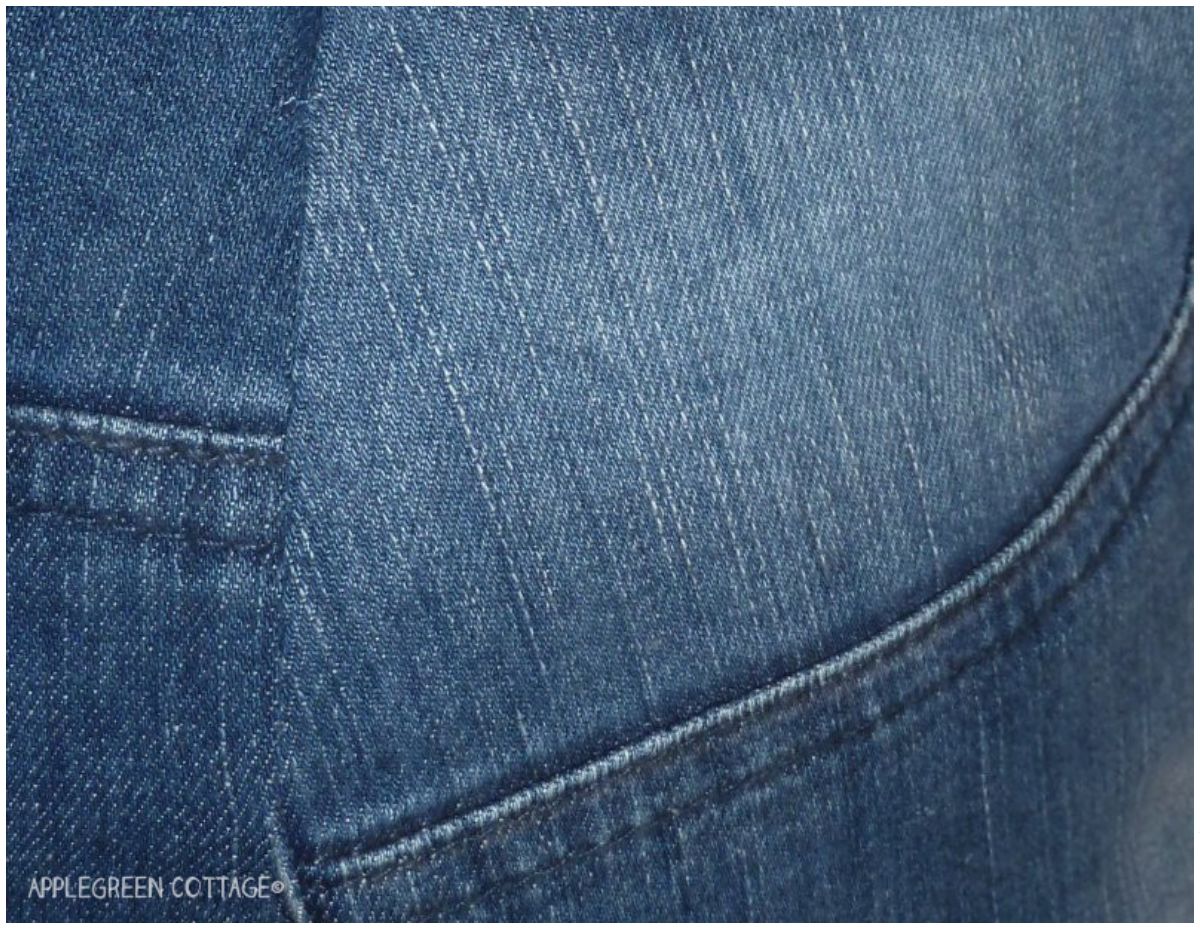
- denim jeans and denim shorts– adds strength with less bulk
- Tote Bags and Market Bags – strong seams for carrying weight
- Aprons – neat finish with seams that hold up to washing
- Backpacks or Drawstring Bags – keeps seams tidy inside without lining
- Pajama Pants – for a smooth, comfortable inner seam
How To Press Flat Felled Seams
Good pressing makes a big difference with flat-felled seams (ask me how I know!).
If your fabric isn’t pressing well, try using a pressing cloth. I keep a scrap of cotton muslin nearby just for this. Place it between your iron and the fabric – especially with delicate or shiny materials – for better results without the stress.

Here’s my secret weapon – I sometimes use my Quilter's Clapper. When folding the seam allowance over, I press it using steam and place my quilter's clapper to really crease it flat. It gives you those clean, sharp edges that make your seams look extra polished.
Troubleshooting Flat Felled Seams
Problem: Seam feels bulky or won’t lie flat
Fix: Double-check that one seam allowance is trimmed down. Press well after each step and use a tailor’s clapper to flatten it as you go.
Problem: Topstitching looks uneven
Fix: Use a guide on your presser foot or mark a stitching line with chalk. Go slow and keep your seam allowance folded evenly underneath.
Problem: Raw edge peeks out after sewing
Fix: Make sure the trimmed side is fully covered by the folded seam allowance. You can unpick just the topstitch and refold it before sewing again.
Classic vs. Faux Flat-Felled Seams
Here's the difference: faux flat-felled seams are the shortcut version! Instead of all that folding and wrapping, you just trim one seam allowance, finish the raw edges with serging or zigzag, press flat, and topstitch from the right side.
Use faux when you're working with bulky fabrics or want to save time - you get that clean, professional look with half the work. Save the classic method for heavy-duty projects like jeans where maximum strength matters.
What’s the difference between French seam and flat felled seam?
Both French seams and flat felled seams are great for hiding raw fabric edges – but they’re used a little differently, and they look different too. Here's French seam on the left and flat felled seam on the right side of the photo:
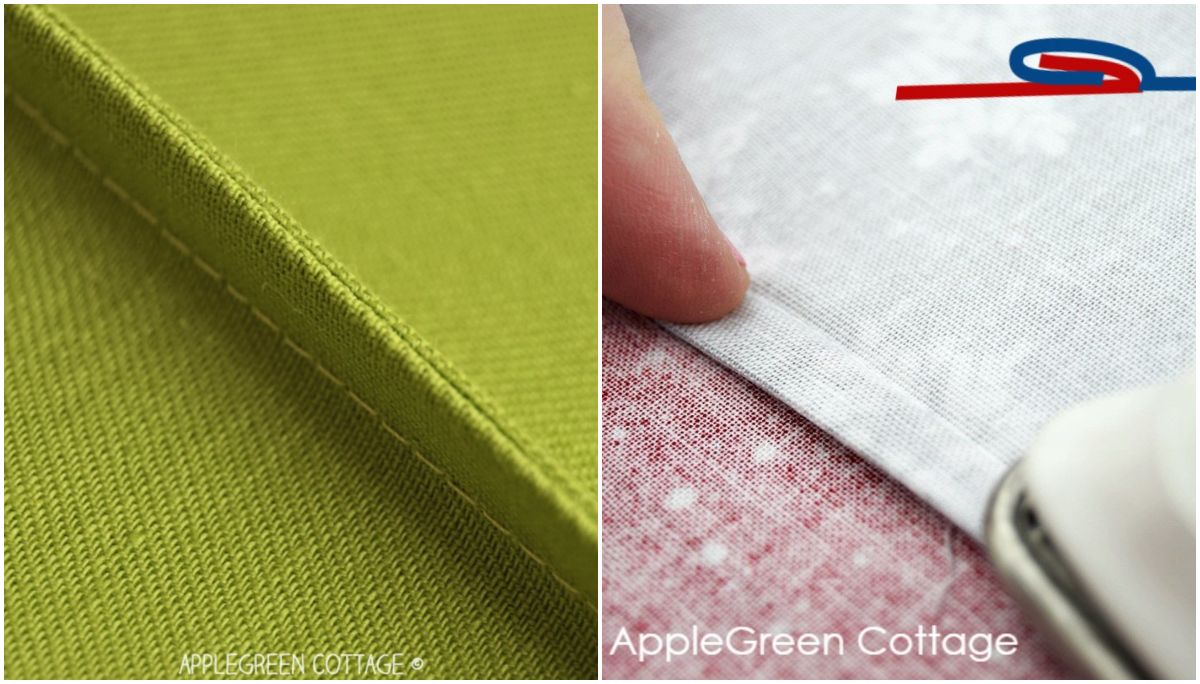
A flat felled seam is strong but low-bulk. It has just 3 fabric layers, so it lays flat. Great for denim or heavier fabrics and for projects that need strength, like jeans, tote bags, or aprons. A sturdy, flat seam – like the side seam on a pair of jeans.
A French seam (see here how to sew a French seam) is sewn once on the outside, then again on the inside to hide raw edges. It creates 4 fabric layers, so it’s better for lightweight, delicate fabrics where you want a clean finish without bulk.
More Ideas
Also, check out this huge list of beginner sewing projects here at AppleGreen Cottage.
If you're here to learn to sew, check out these too:
- Learn To Sew Series
- Best Sewing tips You Need to Know
- Finish Stitching The NEAT Way
- How to Clip Corners - Effectively!

More Patterns, More Fun!
80+ projects are waiting for you in the Printable Tutorials BUNDLE - and growing!
Now it's your turn: let me know what else you'd like me to show you, or teach you. Good ideas need to be shared - make sure to share your makes, I'd love to see them! Use #applegreencottage or tag me @applegreencottage on Instagram. Always happy to meet you!
WANT MORE FREE TUTORIALS AND PATTERNS?
Get email updates and never miss out on new patterns, printables, and tutorials:
Or …check out the TEYA crossbody bag pattern in our shop. One of my first bag patterns with pockets both on the inside and outside - and it works great as a gadget bag too!
TEYA PATTERN UPDATED!
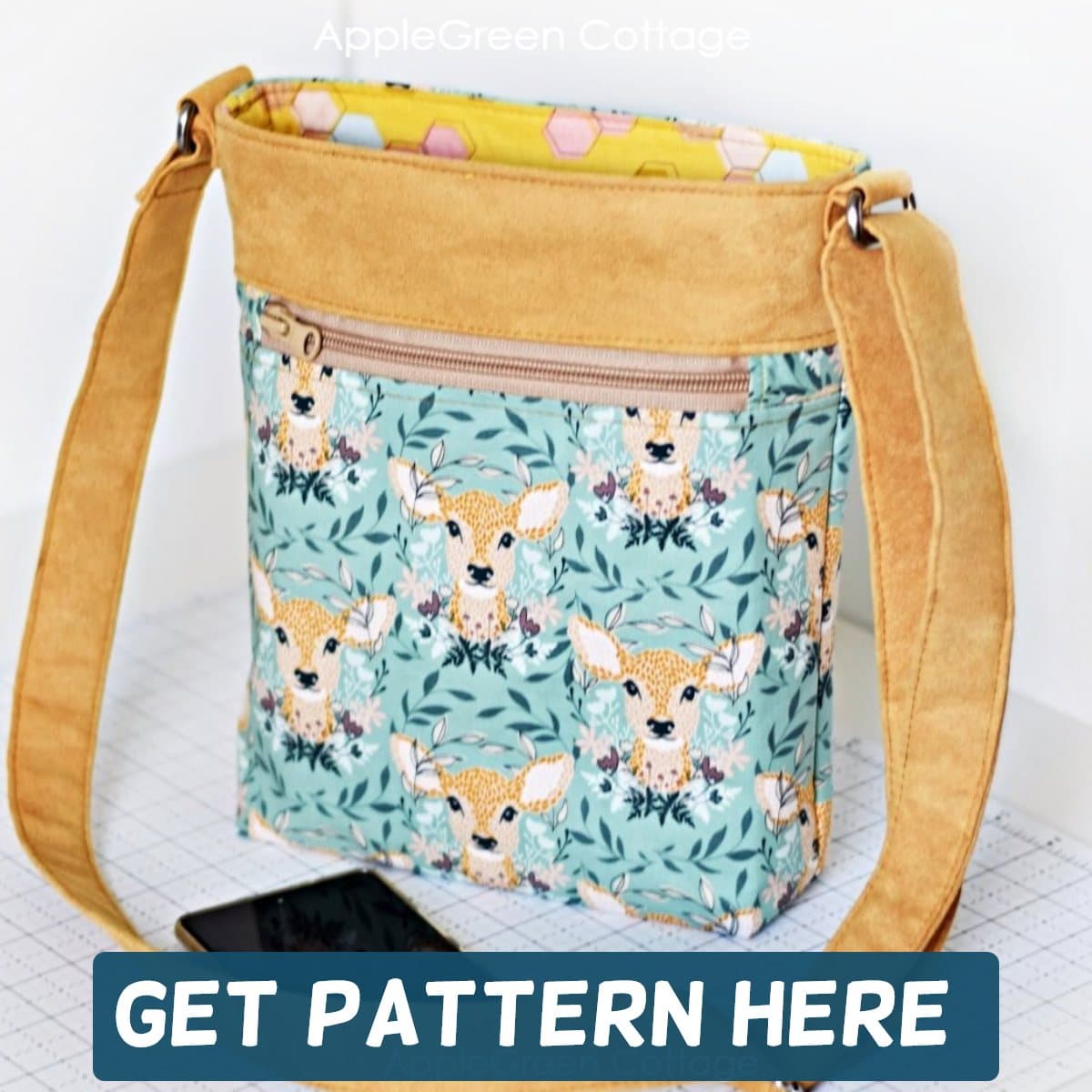
PATTERN UPDATED.

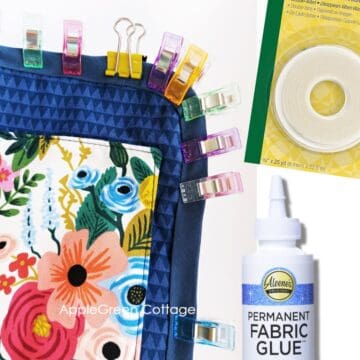
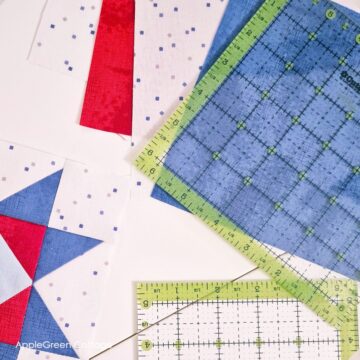
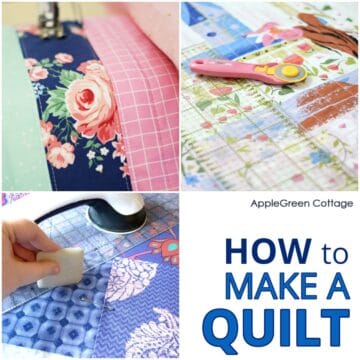
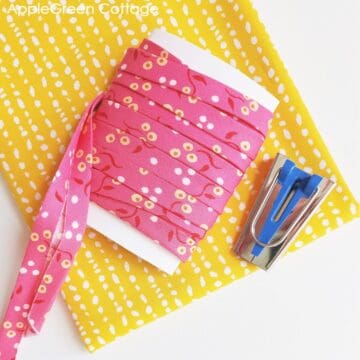
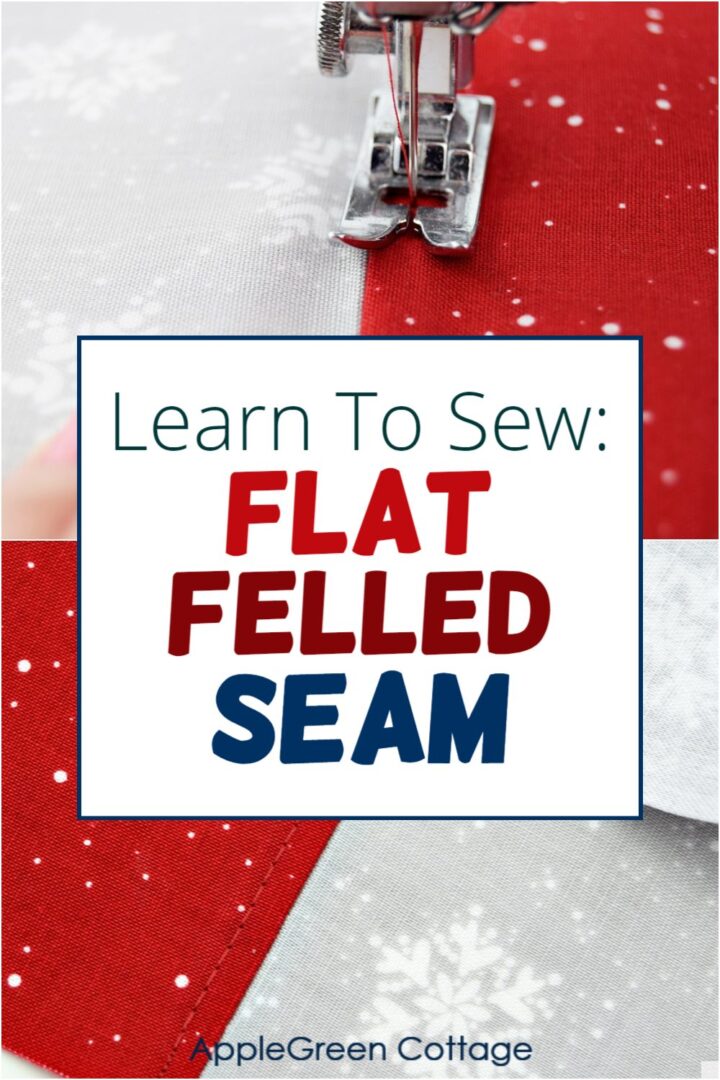
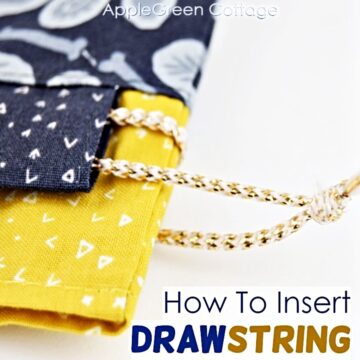
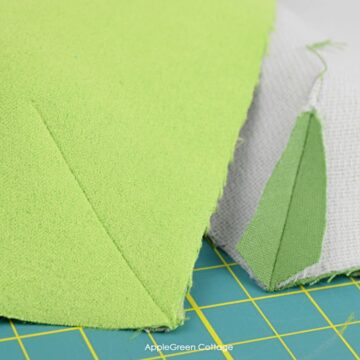
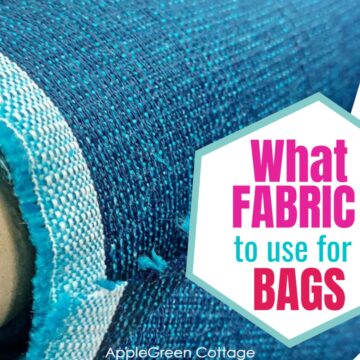
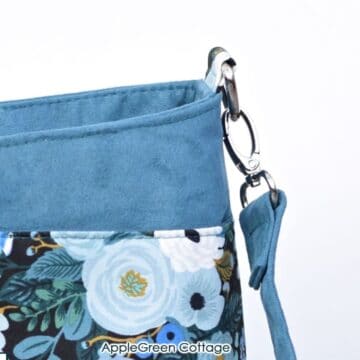
Donna Hamlette says
This video is THE MOST informative that I've ever seen. That animated graphic gave me hope that I can learn to sew and sew better! While I appreciate directions that kind of specific view makes it so much easier. I'm sure it took some doing so Thank you!!!
Damjana says
Donna hi, thanks, I'm glad the video helped you learn to sew a flat-felled seam. Happy sewing,